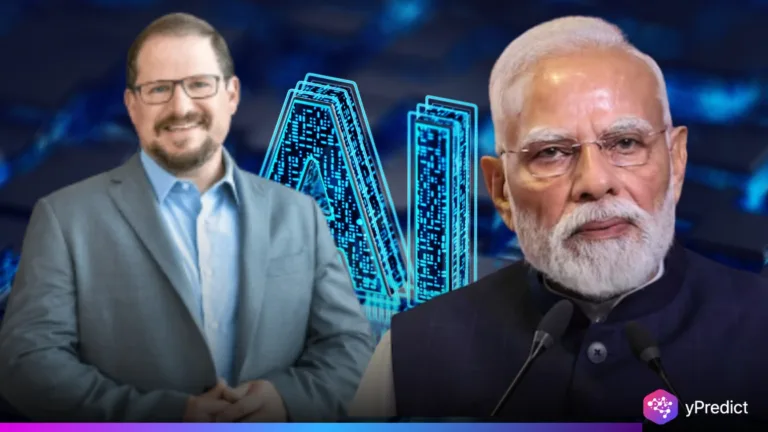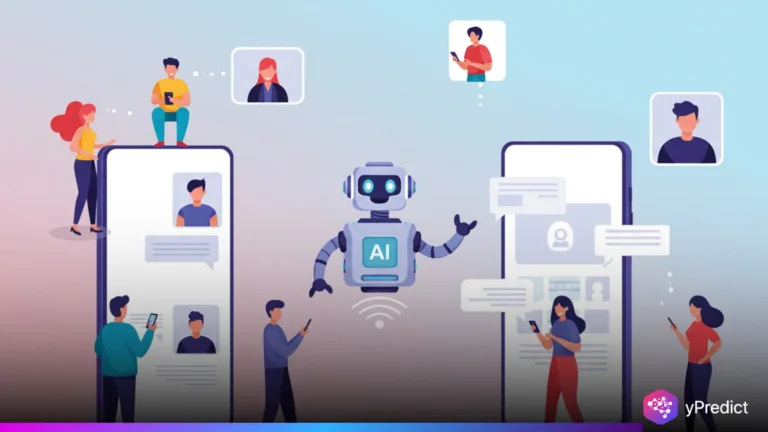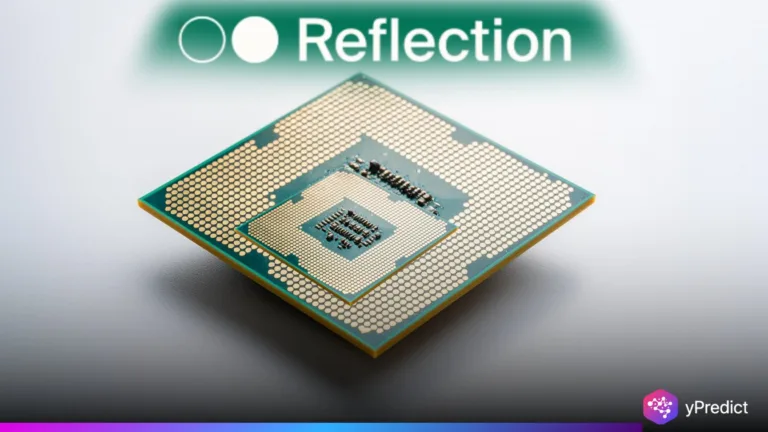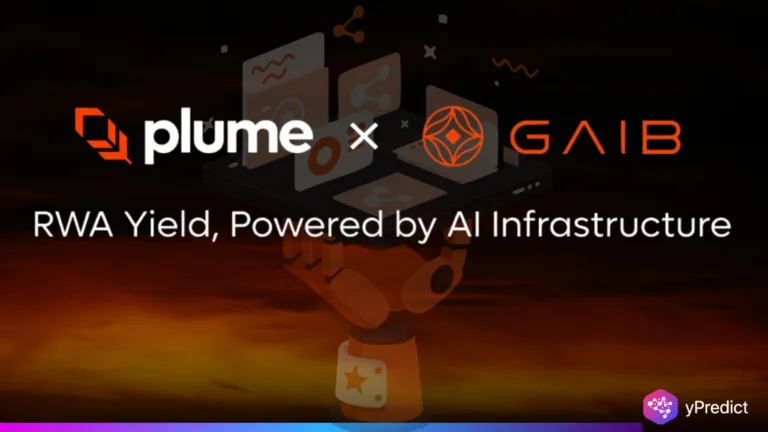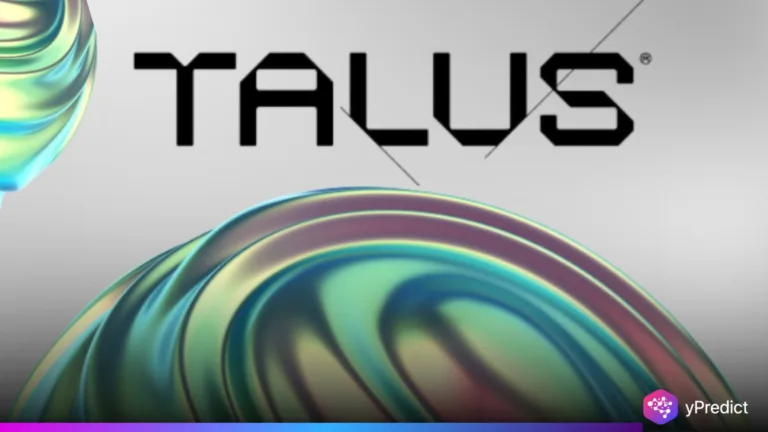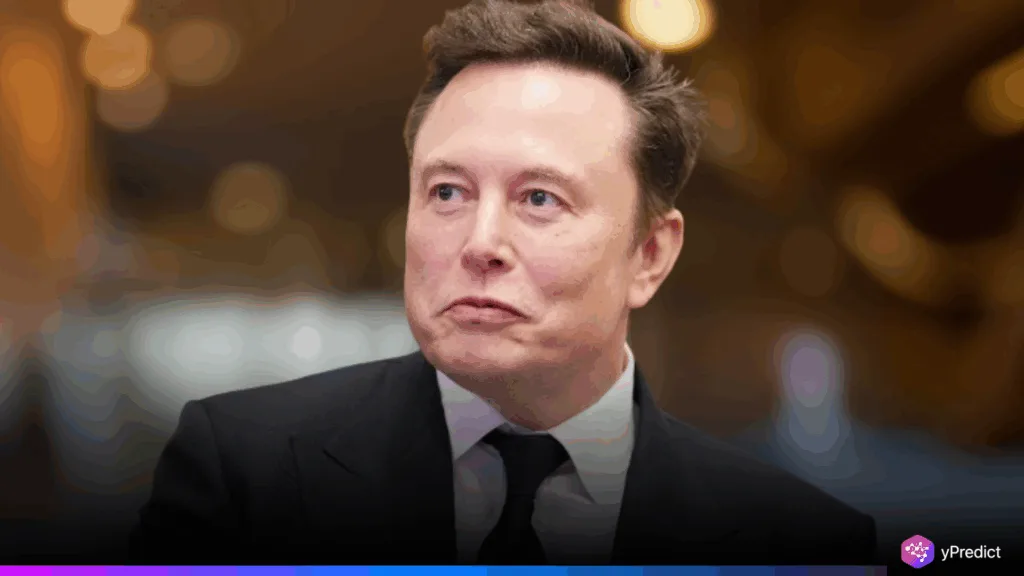
The current advances in artificial intelligence, outlined by Elon Musk as a supersonic tsunami, are both frankly rapid and extremely powerful. Supersonic suggests speed, faster than with other newer and more traditional development of technology and a tsunami is a concept that is unstoppable and even disruptive or disturbing in its wake. Musk has experience in such ventures as OpenAI and xAI; thus, his metaphor serves the purpose of underlining how AI will revolutionize every industry, including healthcare and defense.
Speed and Scale of AI Development
The development of AI has become much faster over the past few years, with the impetus given to the field by inventions in the sphere of machine learning and neural networks, as well as computational efficiency. The rapid iteration and deployment of ever more capable AI systems has been possible because computational capacity doubles every two years or so. Such a rate, as suggested by the supersonic component of Musk’s metaphor, has gone ahead of the pace of adaptation in the traditional industries and regulatory frameworks.
The term “tsunami” signifies how expansive the potential of AI is, as it may affect various areas all at once. Artificial intelligence in healthcare is transforming the way of medication through clinical diagnosis and drug discovery. Predictive analytics and automation are changing production lines in the manufacturing process. Education, finance, and defense are facing groundbreaking changes in processes and abilities as well. This, as opposed to the gradual, incremental change, is a stage of compounding change—where the new innovations build on each other faster than they ever have before.
This positioning by Musk indicates that both the high speed and the world coverage would result in both the opportunity and the vulnerability. This kind of wave lifts whole industries and also throws off and extinguishes those that are not ready to be uprooted.
Navigating AI’s Unchecked Power and Global Risks
The metaphor of the tsunami also supports the perception of the dangers of the rapid development of AI. Tsunamis are forces of nature with no discretion at all, and we can say the same about the unregulated upsurge of AI, which can produce results that are not suitable to human requirements. Musk has constantly warned of the threat of the prospect of AI becoming, in fact, more intelligent than human beings, and this brings about a situation where there could be an overtaking of decision-making and control that would be out of the hands of humans.
The ethical combination of AI development prescribed by Musk is relevant to transparency, accountability, and fairness. He supports the application of AI to go faster with scientific discovery and solve world problems with high levels of protection as an alternative to initiatives such as xAI. The proactive and international regulation is advanced due to the understanding that the thresholds beyond which the potential of AI can be considered as crossing will be too late to react promptly.
Ensuring AI’s Future Benefits Outweigh Its Threats
The supersonic tsunami description of AI coined by Musk is both an observation and a warning. The rapid rate of development comes with unrivaled potential in terms of innovation, but the level needs prudent direction. By the year 2025, when AI contributes to economies, governance, and daily life, it will be the quest to exploit the positive side of AI and avoid the risks of AI. That entails the reconciliation of AI systems to human principles, the introduction of effective control, and the encouragement of inter-sectoral partnerships.

